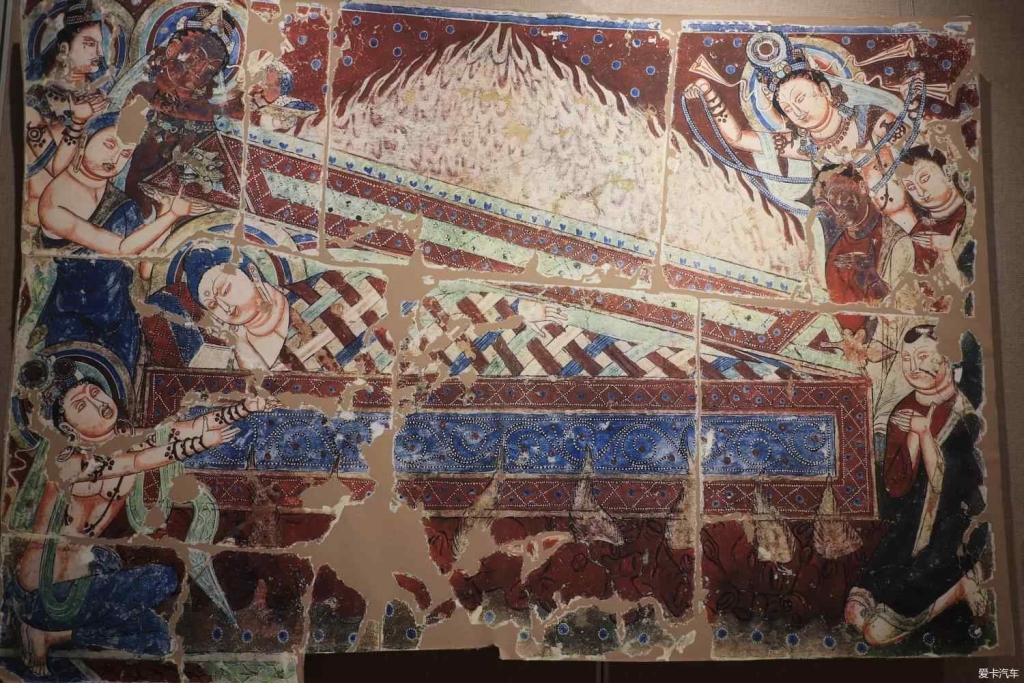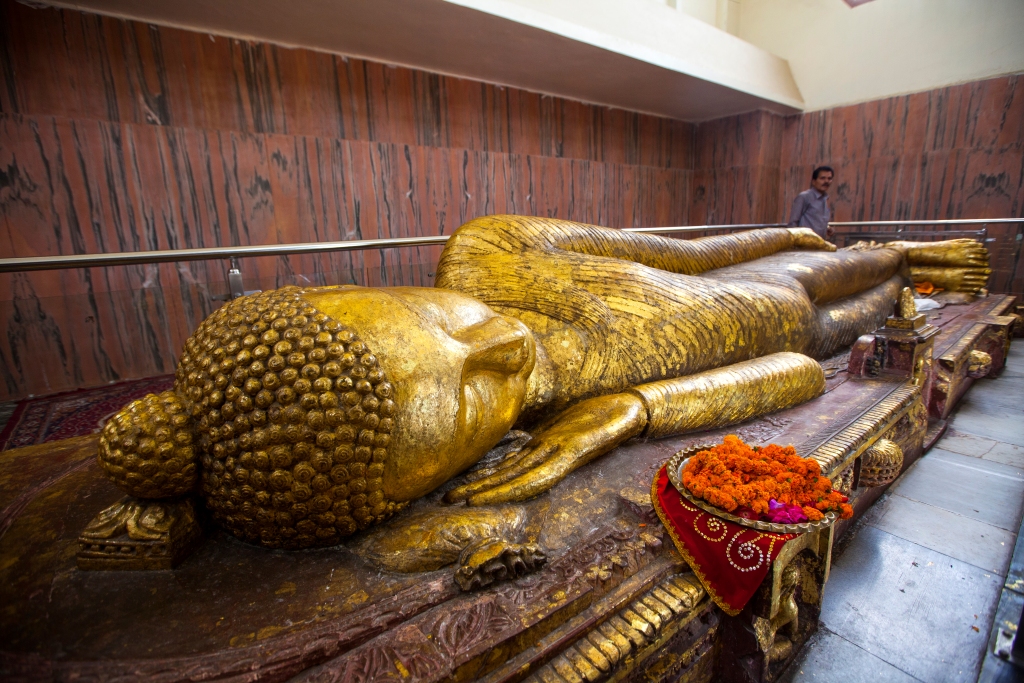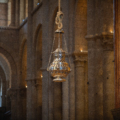In the eastern Gangetic plain, near the modern-day town of Kushinagar in Uttar Pradesh, India, lies one of the most significant sites in the Buddhist cultural atlas. This is the place where Siddhartha Gautama—known to history as the Buddha—passed into parinirvana, the final cessation of rebirth according to some Buddhist schools. Today, Kushinagar remains a place of reflection and movement, drawing pilgrims and travelers from across the globe who trace the Buddha’s last journey through northern India.
Parinirvana: The End of the Path
In Buddhist cosmology, nirvana refers to the extinguishing of desire, ignorance, and suffering—seen as the ultimate liberation from the cycle of birth and death (samsara). goes one step further. It denotes the Buddha’s complete release from all worldly existence, which, according to tradition, occurred at the moment of his physical death. While nirvana can be achieved during one’s lifetime, parinirvana represents a final and irreversible departure from conditioned reality.

The Buddha’s parinirvana at Kushinagar thus marks not only the end of a human life, but the conclusion of an existential path that shaped much of Asia’s philosophical and ethical frameworks. The event is described in detail in early texts such as the Mahāparinibbāna Sutta, which offers a narrative of the Buddha’s final days, his instructions to his followers, and the moments surrounding his passing.
Where is Kushinagar?
Kushinagar is located in Uttar Pradesh, India, close to the modern border with Nepal. In ancient times, it was part of the Malla kingdom, a small and independent polity in the 5th century BCE. The site’s geography—relatively flat and fertile—places it within a broader pilgrimage network that includes Lumbini (birth), Bodh Gaya (awakening), and Sarnath (first teaching). All of these locations are connected by regional trade and monastic routes that developed in parallel with the spread of Buddhist communities.
Though Kushinagar declined in prominence following the waning of Buddhist institutional support in India after the 12th century CE, it re-emerged in the 19th and 20th centuries through archaeological rediscovery and transnational Buddhist revival. Today, the site is maintained by the Archaeological Survey of India and features both ancient ruins and modern monastic institutions from several Buddhist traditions.
How the Buddha reached Kushinagar

According to canonical texts, the Buddha’s final journey began in Rajagaha (modern Rajgir), passing through multiple towns including Pava, before reaching Kushinagar. He was around 80 years old and suffering from illness, which may have been foodborne. In Pava, he accepted a meal from a blacksmith named Cunda. Later that day, his symptoms worsened, but he continued walking to Kushinagar, where he requested to rest between two sal trees.
Here, he addressed his disciples one last time, offering a final teaching: “All conditioned things are subject to decay. Strive on with diligence.” Surrounded by his followers, he lay on his right side in what would become the archetype for the parinirvana pose seen in Buddhist sculpture across Asia.
Who was the Buddha?
Siddhartha Gautama was a historical figure born around the 5th century BCE in Lumbini, in present-day Nepal. He belonged to the Śākya clan and was raised among the aristocracy. Renouncing his status in his late twenties, he became a wandering ascetic in search of liberation from suffering. After years of rigorous discipline and meditation, he attained what is termed “awakening” (bodhi) under a fig tree in Bodh Gaya.
What he realized was a set of insights into the nature of suffering, impermanence, and non-self—principles that would form the foundation of Buddhist philosophy. For the next 45 years, he traveled the Gangetic plain teaching, debating, and establishing monastic communities. His movement emphasized ethical conduct, meditative training, and the potential for all beings to reach liberation.
Unlike later figures in the Buddhist pantheon, the Buddha did not present himself as a deity but as a human being who had realized a path that others could follow. His death at Kushinagar marked the final human episode in a life that would, centuries later, be absorbed into diverse theological, artistic, and philosophical interpretations across Asia.

The site today: Memorialization and movement
The centerpiece of Kushinagar is the Mahaparinirvana Stupa, built over the site believed to be where the Buddha’s body was placed. A 6.1-meter-long reclining statue of the Buddha rests within the adjacent temple, dating to the Gupta period (5th century CE) but restored several times over the centuries. The statue’s pose—calm, eyes half-closed, resting on the right side—is a visual articulation of serenity at the edge of mortality.
Nearby, the Ramabhar Stupa marks the cremation site, while the Matha Kuar Shrine contains a standing Buddha image believed to be from the same period. Around these historical cores, a number of international monasteries—Thai, Burmese, Sri Lankan, Japanese—have established temples and guesthouses, showing the global dimension of contemporary pilgrimage.
For many, a visit to Kushinagar is not necessarily about proximity to sacred architecture, but about tracing the final steps of a human story that shaped the philosophical scaffolding of a continent. In that sense, Kushinagar stands not as a triumphal center but as a threshold—a place where impermanence, presence, and memory intersect. It represents the conclusion of one life and the beginning of a vast historical and cultural transmission. For those who walk its quiet paths today, Kushinagar offers a space not for worship, but for meditation on mortality, legacy, and the enduring pursuit of wisdom.





